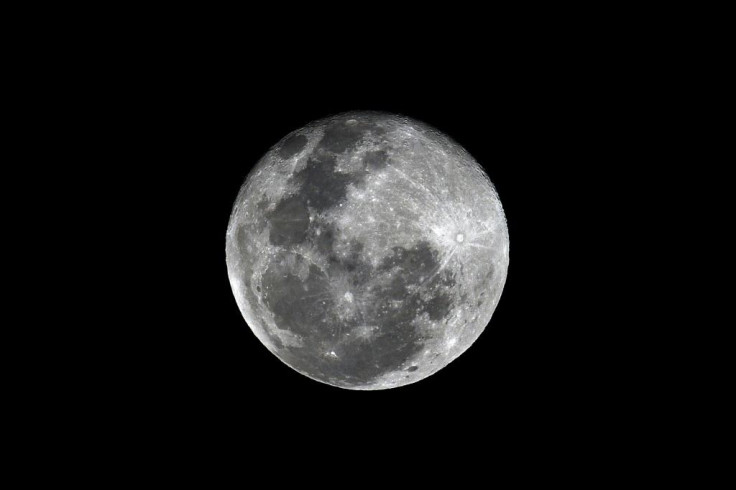NASA collaborates with Nokia to build 4G LTE network on the lunar surface
A total of $370 million in funding was distributed by NASA across various groups to develop their respective technologies.
Last week, groups that were tracking space traffic reportedly observed a near-collision between a Chinese rocket stage booster and an inactive Soviet Parus navigation satellite. Experts quickly pointed out the need for coordination and availability of data to keep future launches safe from orbiting debris. As the National Aeronautics and Space Administration (NASA) prepares for its 2024 Artemis moon mission, there are several key aspects to consider before they attempt to establish a base by 2028. Meanwhile, Nokia has been awarded funding to provide 4G communication from the lunar surface.
The United States space agency is already preparing for the journey and what follows beyond. Nokia, along with several other companies will develop innovative technology that will provide power generation, robotics, cryogenic freezing, and landing infrastructure, among others. In fact, NASA hosted a contest alongside crowdsourcing platform HeroX called Lunar Loo wherein contestants are tasked with the development of a toilet system that would work on the moon.
A total of $370 million in funding was distributed by NASA across various groups to develop their respective technologies. An amount of $14.1 million of that is reportedly heading to Nokia's Bell Labs. Much like 4G networks on Earth, the service will provide astronauts long-distance coverage than regular radio waves. Furthermore, there are already plans to upgrade the system into 5G.
Bell Labs – previously owned by AT&T will work alongside Intuitive Machines to map out and build the lunar 4G LTE network. The latter is a spaceflight engineering company founded in 2013 by Steve Altemus, Tim Crain, and Kam Ghaffarian, which is based in Houston, Texas. Considering there are no natural and artificial structures on the lunar surface that can cause interference with the signal, connectivity should be reliable and fast.

On the other hand, unlike the atmosphere on Earth, the cellular network system on the moon should be built to withstand the unique conditions of the lunar surface and space. Some of the factors Nokia and NASA will consider are radiation, extreme temperatures, lack of atmosphere, and resistance to vibrations from rocket landings or launches. Once activated, the 4G LTE service will allow the lunar base to provide, telecommunications, real-time navigation, as well as stream high-definition footage.
© Copyright IBTimes 2025. All rights reserved.





















